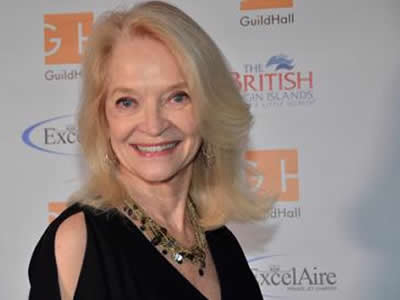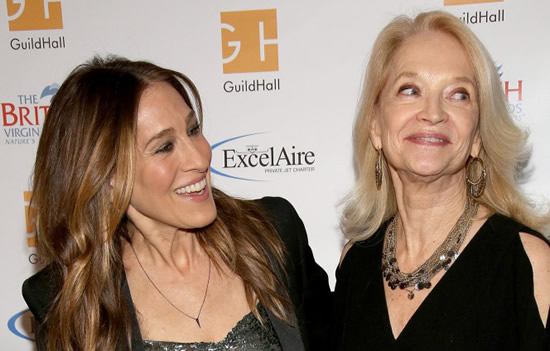9 ‘On My Own Time’ Artists Selected to Display Work at the Everson Museum of Art
Earlier this year, employees of Syracuse University once again participated in “On My Own Time,” a community arts program that links the business and cultural sectors of Central New York and spotlights local workforce members who create visual art “on…




